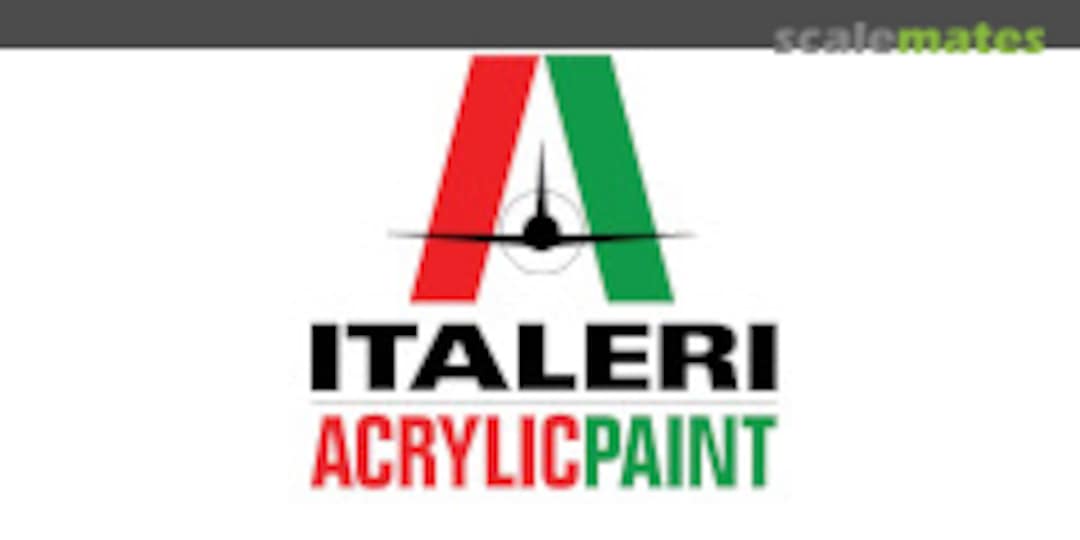Sd.Kfz.181 Wittmann's Tiger I in Villers-Bocage
Tigers used in Villers-Bocage Battle 13-06-44
- Subject:
Pz.Kpfw. VI Ausf. E Tiger I
 Waffen SS (1933-1945)
Waffen SS (1933-1945)
s.SS-Pz.Abt. 101 212 (HStuf Michael Wittmann)
1944 World War 2»Battle of Normandy - Normandy
- Schaal:
- 1:35
- Status:
- Lopend project
- Begonnen:
- June 8, 2020
The s.SS.Pz.Abt 101 as at 06.06.1944
When the formation was initially created, Michael Wittmann was assigned Tiger 205, the command vehicle of the second platoon. During the course of the Normandy campaign this vehicle broke down, and Wittmann was to commandeer a number of different vehicles, including 222 – which saw action at Villers-Bocage – and 231, in which he was filmed after soon after receiving the Swords to his Knight’s Cross.
With his own command Tiger 205 out of commission, Wittmann would have only five Tigers at his disposal: 221 (SS-Untersturmführer Georg Hantusch), 222 (SS-Unterscharführer Kurt Sowa), 223 (SS-Oberscharführer Jürgen Brandt), 233 (SS-Oberscharführer Georg Lötzsch), and 234 (SS-Unterscharführer Herbert Stief). Of these half-dozen vehicles, 233 had track damage and SS-Obersturmführer Jürgen Wessel in 211 was not present, having departed for the front earlier in the morning to receive orders. It was at this moment that Wittmann decided to take action himself. He recalled that the decision was a tough one, one that required split-second thinking:
“…the decision was a very, very difficult one. Never before had I been so impressed by the strength of the enemy as I was by those tanks rolling by; but I knew it absolutely had to be and I decided to strike out into the enemy.”
Leaving the infantry sergeant safely in his foxhole, Wittmann sprinted towards Stief’s Tiger 234 as it was the vehicle closest to him. The vehicle’s commander, who had previously been taking a short nap, was quickly dispatched to brief the remaining members of the platoon. The driver cranked up the engine. However, after rolling forward some twenty-five or so yards Wittmann sensed that something not quite right. SS-Rottenführer Walter Lau, Stief’s gunner, was not to know what he would miss out on as the next vital minutes unfolded.
Without a moment of hesitation Wittmann leapt out and sprinted towards the next available Tiger – 222, that of of SS-Unterscharführer Kurt Sowa, which had by this time made its way out of the defile.
Which Tiger?
The turret number of the vehicle Wittmann actually commandeered on the morning of 13th June 1944 has continued to be a subject of enthusiastic debate among historians of the battle; Sowa’s assigned vehicle at the time of the battalion’s formation had been 222, and it is this vehicle that has been cited by the majority of commentators as being the one Wittmann climbed into prior to his initial advance on Villers-Bocage.
The historian Daniel Taylor has presented a series of arguments that suggest the vehicle Wittmann took into Villers-Bocage might well have been SS-Untersturmführer Heinz Belbe’s Tiger Nr. 231, which had not been among the six serviceable Tigers listed by both Patrick Agte and George Forty in their studies of the battle. Others meanwhile have mentioned Tiger 212 – assigned to Wittmann’s former gunner Bobby Woll – which had also not been on the list of serviceable vehicles.
There are a number of possible reasons for this, most of which stem from the (assumption?) that Sowa’s tank was in fact his assigned 222. It is fairly well-known that the Tigers were prone to mechanical failure, and as a result commanders had got used to what could best be described as “tank-hopping”. It could well have been that by this stage of the campaign Sowa’s assigned vehicle might itself have been undergoing maintenance, and that on the day of the attack on Villers-Bocage he may have been in command of Belbe’s 231 and not his designated vehicle. Thus, “Sowa’s Tiger”, which everyone who has written on the subject is agreed that Wittmann commandeered on the morning of 13th June, might have been 231 instead of 222. Or even 212 for that matter.
Somewhat frustratingly, it hasn’t helped that postwar researchers have not had the luxury of having any actual footage or photographs of Wittmann setting out for the N 175 on the morning of 13th June – and as a result this discussion will continue to rumble on without any real hope of a satisfactory resolution.
Instead of theorising too much on the what ifs, I have decided simply to base my version of events on the central assumption that by “Sowa’s Tiger” Wittmann meant 222. Given that this vehicle was among the six Tigers listed as being serviceable that morning, it is far more likely that this was the vehicle that had entered Villers-Bocage under Wittmann’s command.
Settled in the cupola of Tiger 222, Wittmann would give the order to his “new” driver – SS-Unterscharführer Walter Müller – to crank up the vehicle for an all out attack on the enemy formation. Also on board were his gunner Bobby Woll, loader SS-Sturmmann Günter Boldt, and radio operator SS-Sturmmann Günther Jonas.
There has also been some debate as to whether Woll had been on board Wittmann’s Tiger, but again with there being no solid evidence either way it is difficult to be absolutely certain. Some sources have pointed out that Woll had not been at the front at that time, but given the situation – had he been available – one could think of no better person to have manning the 88mm cannon for such a risky endeavour.
The order was issued for all the remaining Tigers to stand fast and host their positions; Sowa, whose vehicle had been commandeered by Wittmann moments earlier, would in turn take charge of Stief’s partially-abled 234, rolling it into a safe defensive position on the highway. The other vehicles at the ready were Hantusch’s 221 and Brandt’s 233. The time was now 08:35.
Following the injuries to batallion commander Heinz von Westernhagen in July, Wittmann assumed command of the battalion and with it the battalion commander’s Tiger 007. It was in this vehicle that Wittmann was killed on 8 August 1944. All of these vehicles were painted with summer camouflage, with the ‘Zimmerit’ anti-mine paste being applied to the turret and upper hull.
textual references
panzerace.net
jochenpeiper.wordpress.com/
Projectinventaris
Volledig model
Gereedschap
Projectkleuren
Exterior
Projectreferenties
Boeken
Foto albums





































